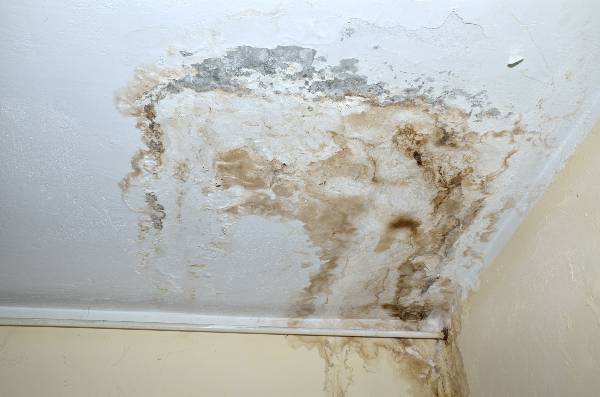Just how do you really feel on the subject of Leaking water lines?

Early discovery of leaking water lines can mitigate a possible catastrophe. In addition to conserving you cash, it will certainly lessen the stress as well as stress. The minute you discover a leakage, calling your plumber for repairs is the best service. However, some little water leaks might not be visible. If you can not find it with your naked eyes, here are some hacks that aid.
1. Analyze the Water Meter
Every home has a water meter. Inspecting it is a surefire way that aids you discover leaks. For beginners, turn off all the water resources. Guarantee no person will certainly purge, utilize the faucet, shower, run the cleaning equipment or dishwasher. From there, go to the meter as well as watch if it will certainly alter. Considering that no person is utilizing it, there should be no movements. If it moves, that shows a fast-moving leakage. Also, if you discover no changes, wait a hr or more and inspect back again. This indicates you may have a sluggish leakage that could even be below ground.
2. Examine Water Usage
If you find sudden changes, in spite of your usage being the very same, it implies that you have leaks in your plumbing system. A sudden spike in your bill indicates a fast-moving leak.
Meanwhile, a consistent increase monthly, even with the same habits, reveals you have a sluggish leak that's additionally gradually intensifying. Call a plumber to thoroughly check your residential or commercial property, specifically if you feel a warm area on your floor with piping beneath.
3. Do a Food Coloring Test
When it pertains to water intake, 30% originates from toilets. Test to see if they are running appropriately. Decrease flecks of food shade in the tank and wait 10 mins. If the color in some way infiltrates your bowl during that time without flushing, there's a leak between the storage tank and also bowl.
4. Asses Outside Lines
Do not forget to inspect your exterior water lines also. Must water leak out of the connection, you have a loose rubber gasket. One tiny leakage can waste loads of water as well as spike your water costs.
5. Examine the scenario and also examine
House owners need to make it a practice to inspect under the sink counters and also even inside cupboards for any type of bad odor or mold and mildew development. These 2 red flags show a leak so prompt attention is required. Doing routine examinations, even bi-annually, can save you from a major problem.
If you know your house is currently old, keep a careful eye on your heating systems, pipes, pipelines etc. Check for stainings and also damaging as a lot of devices and also pipes have a life span. They will additionally normally degrade as a result of wear and tear. If you think dripping water lines in your plumbing system, don't wait for it to intensify. Call a specialist plumber right away so you do not end up with an awful mess in your house.
Early detection of dripping water lines can mitigate a potential disaster. Some tiny water leakages might not be visible. Checking it is a guaranteed method that helps you uncover leaks. One tiny leakage can throw away tons of water and also increase your water expense.
If you suspect dripping water lines in your plumbing system, do not wait for it to escalate.
WARNING SIGNS OF WATER LEAKAGE BEHIND THE WALL
PERSISTENT MUSTY ODORS
As water slowly drips from a leaky pipe inside the wall, flooring and sheetrock stay damp and develop an odor similar to wet cardboard. It generates a musty smell that can help you find hidden leaks.
MOLD IN UNUSUAL AREAS
Mold usually grows in wet areas like kitchens, baths and laundry rooms. If you spot the stuff on walls or baseboards in other rooms of the house, it’s a good indicator of undetected water leaks.
STAINS THAT GROW
When mold thrives around a leaky pipe, it sometimes takes hold on the inside surface of the affected wall. A growing stain on otherwise clean sheetrock is often your sign of a hidden plumbing problem.
PEELING OR BUBBLING WALLPAPER / PAINT
This clue is easy to miss in rooms that don’t get much use. When you see wallpaper separating along seams or paint bubbling or flaking off the wall, blame sheetrock that stays wet because of an undetected leak.
BUCKLED CEILINGS AND STAINED FLOORS
If ceilings or floors in bathrooms, kitchens or laundry areas develop structural problems, don’t rule out constant damp inside the walls. Wet sheetrock can affect adjacent framing, flooring and ceilings.
https://www.servicemasterbyzaba.com/blog/how-to-detect-water-leakage-in-walls/

As a passionate reader on Leaking water lines, I was thinking sharing that segment was sensible. I beg you take a moment to promote this page if you liked it. Thank-you for going through it.